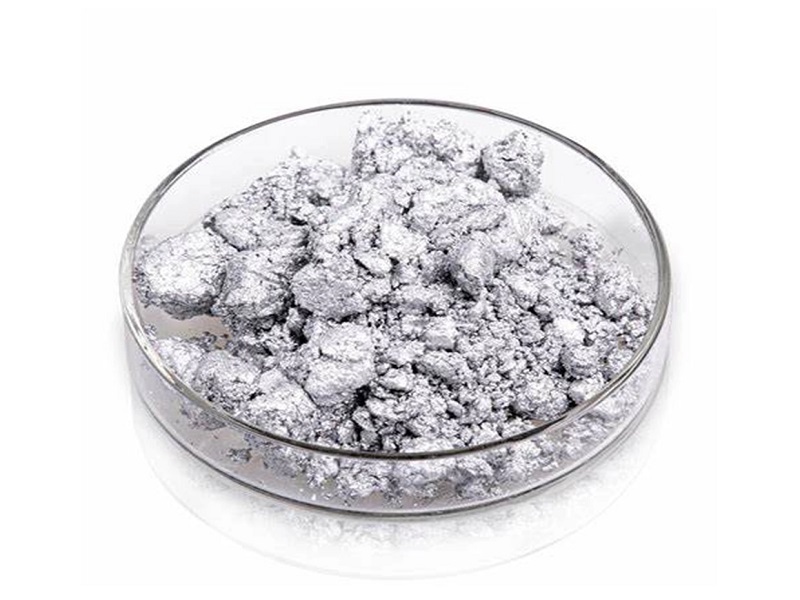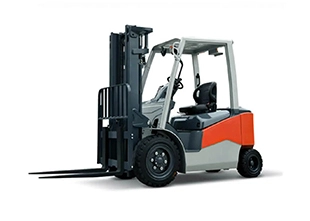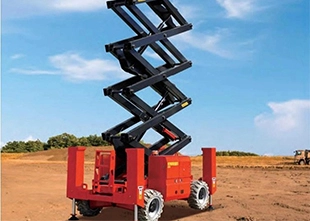
With the widespread use of metallic effect coatings in industries such as automotive, home appliances, plastics, and building materials, aluminium paint pastes have received significant attention due to their unique metallic luster, excellent coverage, and good processing adaptability. So, what exactly is aluminium paint paste? What are its basic characteristics? What aspects should be considered in practical applications?
Alumina paste pigment, also known as aluminum silver paste or aluminum powder paste, is a flake metal pigment made by wet ball milling high-purity aluminum powder, presented in a paste or slurry form. Its main components are flaky metallic aluminum particles and organic solvents, with some products also containing surface modifiers to improve dispersibility and stability.
Alumina paste pigments can usually be divided into two types: water-based and oil-based. Water-based aluminium paint pastes are suitable for environmentally friendly coating systems, such as water-based epoxy coatings, water-based industrial paints, etc.; oil-based products are mainly used in solvent-based systems, such as automotive coatings, metallic inks, plastic coatings, etc. Based on their flotation performance, they can also be further categorized into floating and non-floating types, suitable for different needs of producing mirror-like silver and fine silver gloss.

As a functional metal pigment, aluminium paint paste has the following notable characteristics:
Excellent metallic luster: Due to the regular shape and high reflectivity of the flaky aluminum particles, aluminium paint paste can create a mirror-like silver-white luster, significantly enhancing the appearance quality of the product.
Good coverage: By precisely controlling the particle size and thickness ratio, aluminium paint pastes can provide excellent coverage capabilities, performing well even on various dark substrates.
Excellent dispersibility and stability: High-quality aluminium paint pastes, after special surface treatment, can maintain good dispersibility in various coating systems, making them less prone to sedimentation and agglomeration.
Wide applicability: Whether used in automotive paints, plastic color masters, metallic inks, or powder coatings, aluminium paint pastes exhibit good adaptability and decorative effects.
Despite the excellent performance of aluminium paint pastes, they are essentially metal powder materials and pose certain usage risks and technical requirements.

Attention to dispersion methods: The aluminum flakes in aluminium paint pastes can easily break under excessive shear, affecting coverage and metallic luster. Long periods of high-speed stirring should be avoided during dispersion, and suitable dispersion equipment should be selected.
Preventing reactive issues: Especially in water-based systems, aluminium paint pastes may react with water to release hydrogen gas, causing swelling or other safety hazards. Therefore, specially modified products for water-based systems should be used and operations should be conducted in a sealed, well-ventilated environment.
Storage conditions: Alumina paste pigments should be stored in a cool, dry environment away from fire sources. Containers must be well-sealed to prevent solvent evaporation or moisture-induced quality changes.
Environmental and safety protection: During use, protective masks, gloves, safety goggles, and other protective equipment should be worn to prevent inhalation of aluminum dust or contact with eyes and skin. A good ventilation system should be in place to prevent the accumulation of aluminum powder in the air, which could lead to combustible risks.
Attention to product compatibility: When selecting alumina paste paints, their compatibility with the base material should be fully considered to avoid issues like layering, sedimentation, and color deviation caused by mismatching.
As a functional metallic powder material, aluminium paint paste not only offers excellent metallic texture and decorative effect but also provides good coverage and weather resistance. However, proper application methods, rigorous operating procedures, and good storage environments are crucial for fully realizing its performance. In the current context where environmental regulations are tightening and material safety is becoming increasingly important, how to scientifically and safely use aluminium paint pastes has become a critical issue that the industry needs to address urgently.



